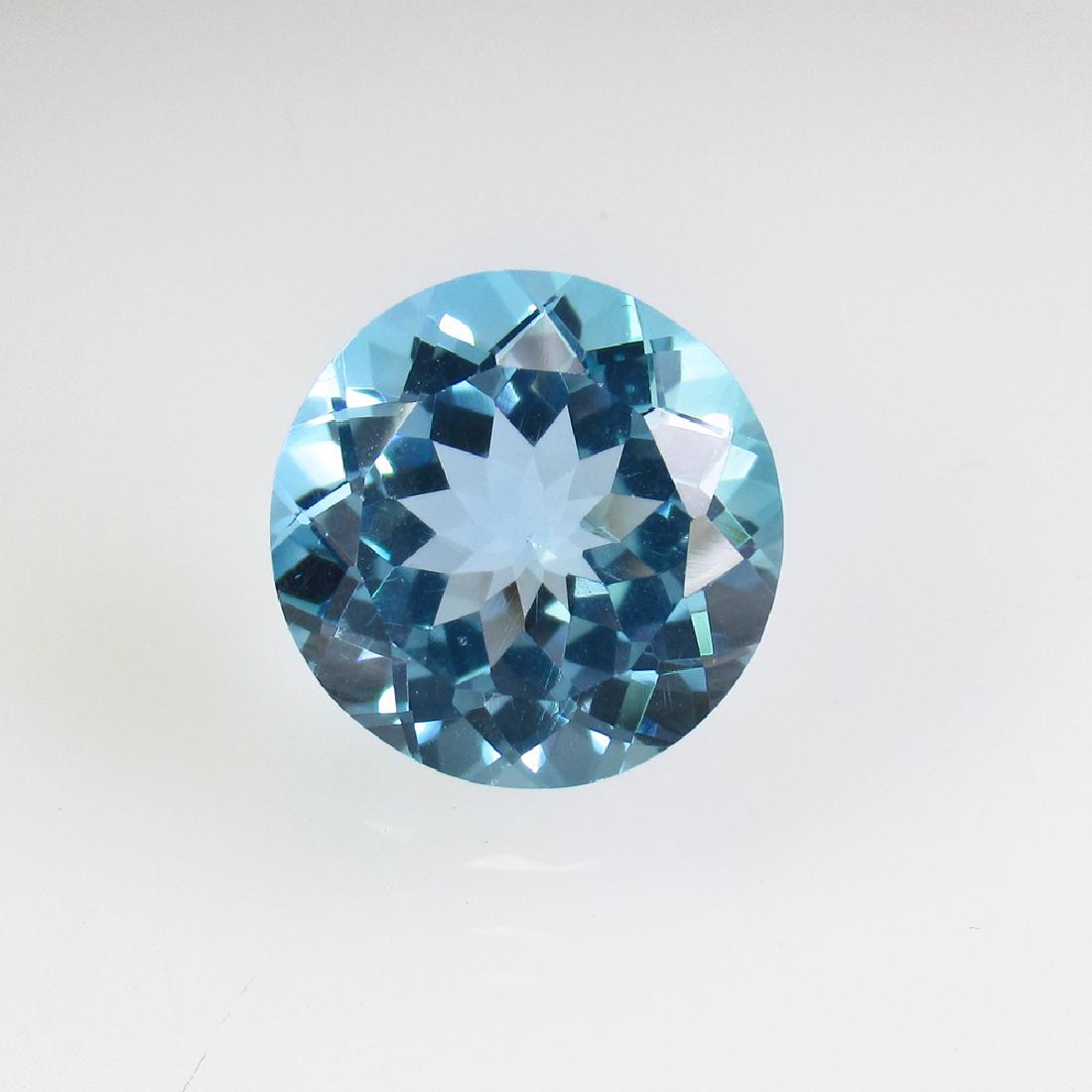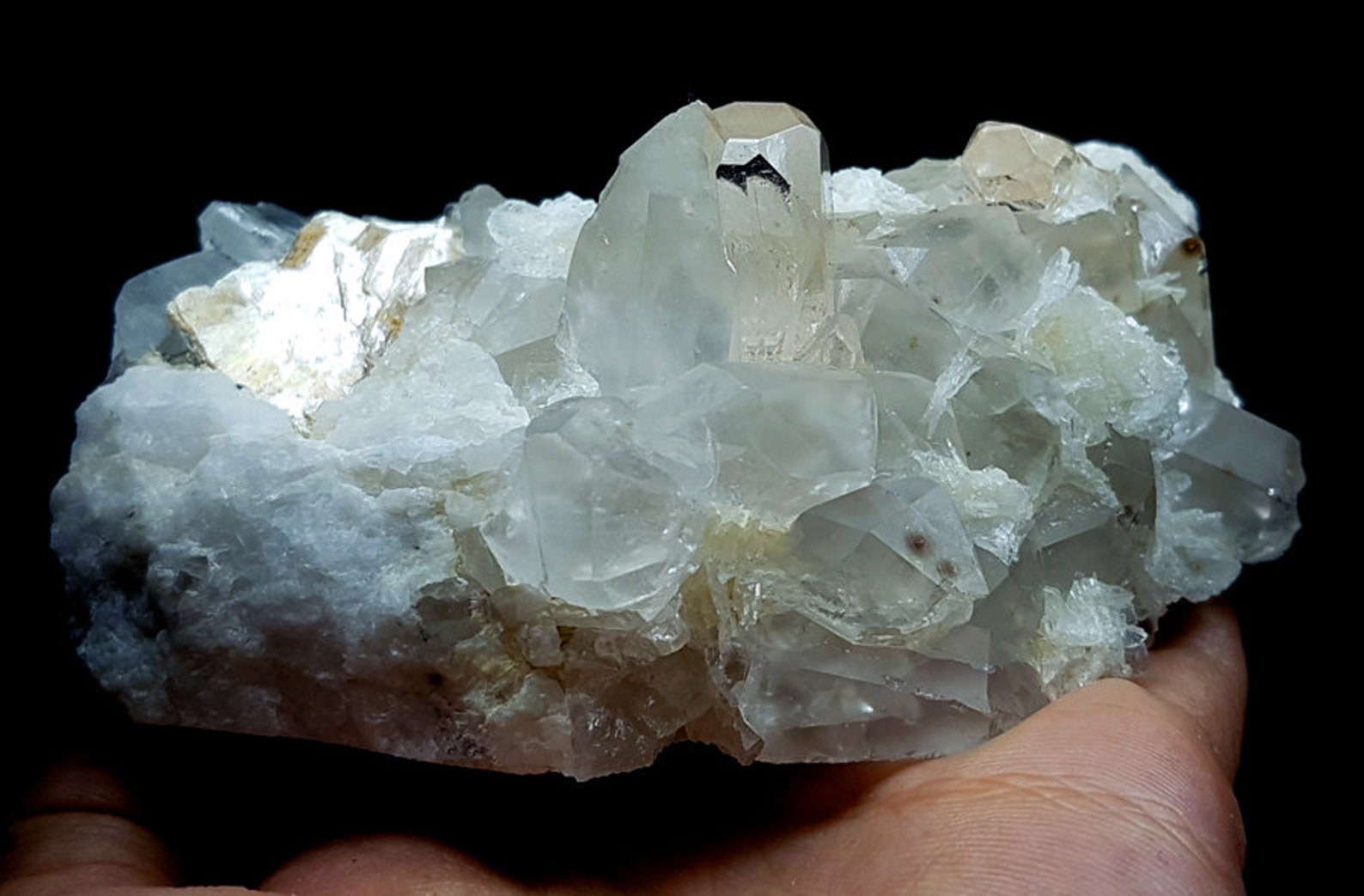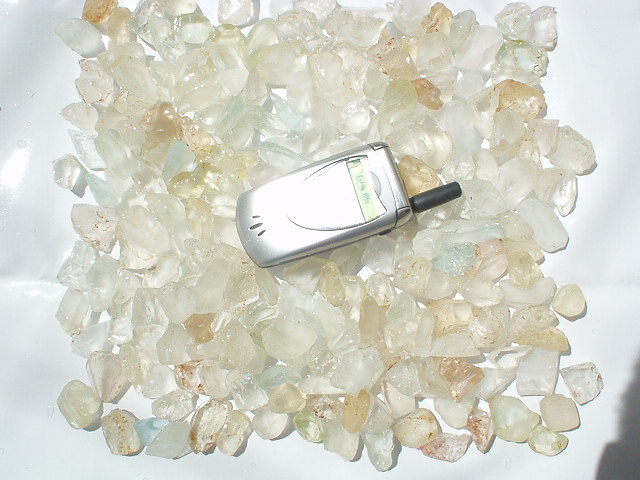
#Topaz clean disappeared skin#
In a nutshell, there are many things in daily life that can cause your silver to tarnish, and the speed at which it tarnishes will vary depending on the specific conditions: the sulfur content of the water in your area, the amount of industrial pollution, the chemicals you’re exposed to at home or work, including detergents, shampoos, and soaps, some skin cleansers, foods, and the list goes on. Different skin PH levels will result in different rates of tarnish. Some people report silver blackening on them overnight, whereas others can wear it for years without a reaction. Acidity levels of a person's skin can also cause tarnish. This is because tissue paper often contains acids. People often report that when their silver is wrapped in tissue it quickly blackens. Various acids will also cause silver to tarnish. This may also tarnish the surface of your silver. Copper reacts with oxygen to form the red copper oxide. Sterling silver is usually 92.5% pure silver and 7.5% copper.


Pool water, the air around an indoor or outdoor pool, bleaches and fabrics washed with bleach all contain traces of chlorine in small amounts, which will react with silver to produce a black layer of silver chloride. Another common chemical that will react with silver is chlorine. This is the reason why keeping a silica gel or few pieces of chalk where you store your jewelry is highly recommended as it absorbs moisture from the air and keeps the area dry. The higher the level of humidity, the faster the rate of tarnish. The presence of moisture in the air will also accelerate tarnishing in silver. Even eating foods high in sulfur may cause silver to blacken, as sulfur is secreted through your skin during perspiration. So, if you wash your jewelry in sulfur-rich water or use skin products made with sulfur can all lead to the quick tarnishing of silver. Many day-to-day items such as soaps, facial cleanser, shampoos, perfumes and foods such as onions and eggs, also contain sulfur compounds. Bore-water can be very high in sulfates or sulfides. This is the reason why jewelry professionals always insist on slightly cleaning ur jewelry from time to time or using the silver polishing cloth that your jewelry comes with. Even when hydrogen sulfide is in low concentrations, the chemical reaction can occur.

Hydrogen Sulfide, which is known for its "rotting egg" odor reacts with silver to form silver sulfide, the substance that tarnish is made of.

Hydrogen Sulfide (H2S) and Sulfur Dioxide (SO2) exists in the air particles around us, especially in urban or industrial areas. Tarnish is caused by a number of chemicals that will react with silver, and by far the most common culprit is sulfur, which is present in many forms around us every day. Sometimes the initial yellow tarnish can be removed by simply washing your jewelry gently with soap and water. Thankfully, it is very easy to remove tarnish from silver and bringing it back to its original white luster. Over the time your silver jewelry will start to change color, first with a very slight yellowish tinge, which might change into light purple before turning black. It is important to first understand how does tarnishing take place so you can prevent it in the future by following the simple steps.
#Topaz clean disappeared how to#
This is one of the most comprehensive guides and an in-depth study on how tarnishing occurs in jewelry, how to remove tarnish, and preserve your precious silver jewelry from future tarnishing.


 0 kommentar(er)
0 kommentar(er)
